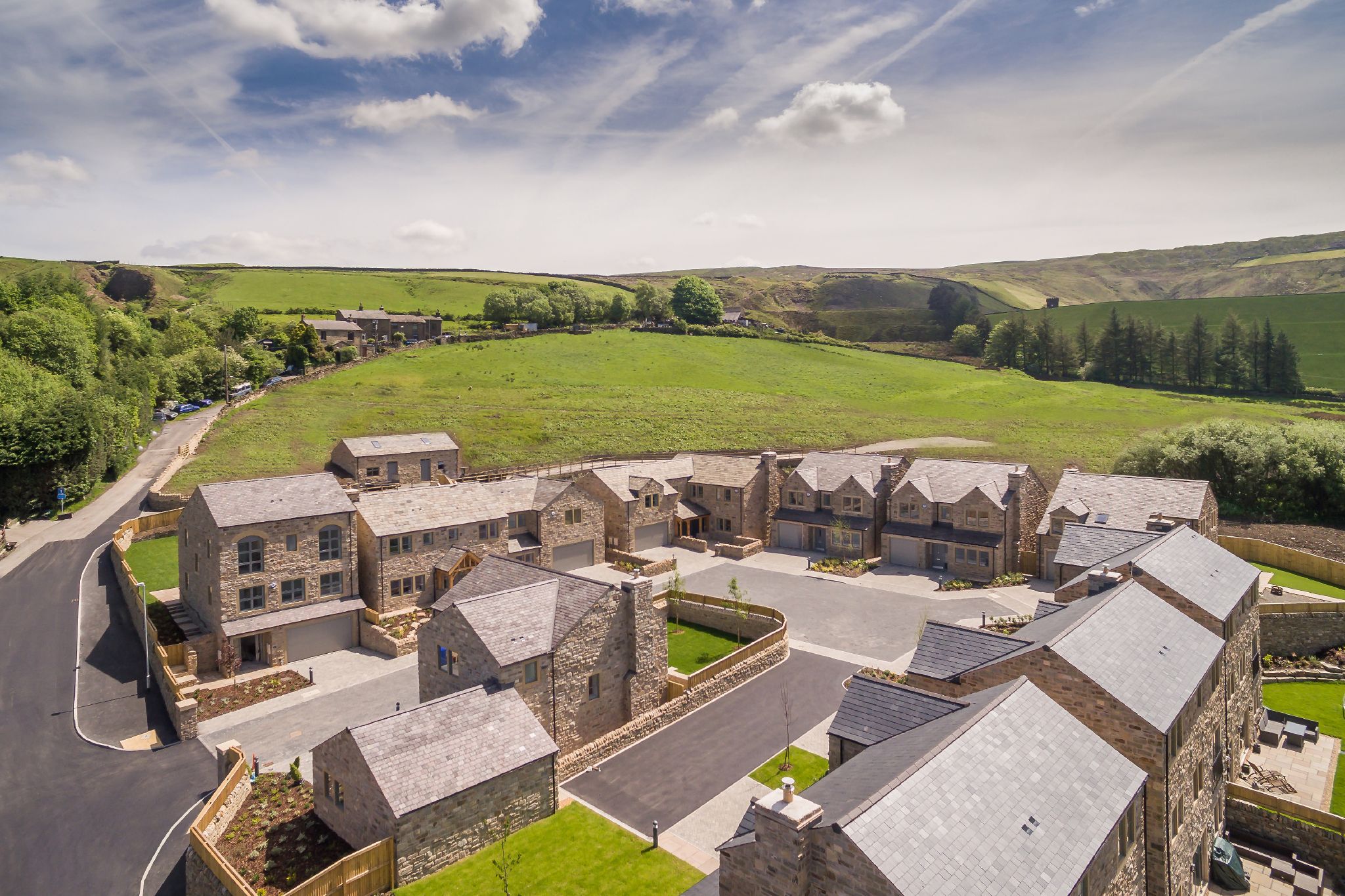The UK Government’s pledge to reach ‘net zero’ by 2050 has important implications for housebuilders, especially the changes introduced by the new Future Homes Standard, introduced in 2022. The Standard makes sure that from 2025, CO2 emissions from new build homes will be reduced by 75-80% compared to current standards, with an interim requirement to reduce emissions by 30% from June 2022.

For windows, this means a maximum allowed U-value of 1.2W/m2K from June 2022, dropping to 0.8W/m2K by 2025. U-values this low can usually only be achieved by installing triple glazing - which means housebuilders have to find suppliers ready to deliver Standard-compliant systems, manufactured at scale to keep costs low, and with warranties in place to guarantee performance.
So what does this mean for glazing design and specification? Let’s start with some definitions.
What is a ‘zero carbon’ home?
A zero-carbon home removes the same amount of carbon from the atmosphere as it emits. This is achieved by minimising carbon emissions (by improved insulation, for example) and offsetting any residual emissions, perhaps by planting trees or making a net energy contribution back to the grid. Zero-carbon performance results in a home full of benefits welcomed by potential buyers. These include lower energy bills, better quality (and more durable) building products, and the ideal balance of windows and ventilation in order to fill rooms with natural light while maintaining the ideal indoor climate.
Specifying windows for zero carbon performance
As windows and doors play such an important role in zero-carbon performance, we recommend a ‘whole house’ approach to specification, which considers issues such as:
- The impact of building orientation, and local shade, on internal light levels - in each room, and at different times of the day and year
- Optimal window distribution and size, plus structural shading needs (such as canopies or overhangs) in order to fully exploit solar gain across the year, minimising the impact of high-level summer sun and maximising energy gain from lower winter sunlight
- Ideal window function – determining the best combination of fixed, opening, motorised, and sensor-controlled windows in order to achieve energy and ventilation targets
- Understanding the impact of window style – windows with a greater ratio of glass to frame are more energy efficient, making slim-framed contemporary window units inherently more thermally efficient than styles featuring mullions or glazing bars, for example, which divide the glass pane.
Key features of a sustainable window system
The ideal glazing for zero-carbon construction will embody a range of performance features, including:
- Future Homes Standard-compliant U-values (measure of heat loss) for the whole unit - and as glass has a lower U-value than the frame, the combined glass/frame U-value is required for accurate specificatio
- Slim frames – to minimise heat loss, reduce U-values, maximise natural light and increase solar gain
- Double and triple glazed options featuring identical sightlines – as triple glazing may not be required for every window, a flexible window system will allow façade specific glazing specification without design compromise, to meet precise energy targets and reduce budgets
- Thermally broken frames – featuring a non-conductive material to minimise heat transfer (primarily used in composite (aluminium/timber) or all-metal frames)
- Efficient frame seals and low energy installation techniques - in ordered to minimise draughts and avoid ‘thermal bridges’ which allow heat to escape
- Solar control glazing - to minimise the effect of solar gain, enabling more glass throughout the home
- Low maintenance design – a window which never needs repainting or repairing greatly reduces maintenance costs
- Sustainable manufacture – with test results to support ‘cradle to grave’ environmental and recycling claims.
Specifying with confidence - ask the experts
If you are planning a zero-carbon housing development then to talk to your window supplier as early as possible, and especially if your project is planned for delivery after 2025 as the windows your specify now will have to meet targets
which many current systems cannot achieve. Expert advice, from an experienced window company, will make sure that your project - whenever it is completed - will meet the Future Homes Standard while remaining cost-efficient to build, and will achieve swift and problem free sign off from building control.
